8 Candies that Make Dental Professionals Scream
'Tis the season of candy, candy and more candy-much to dental professionals' dismay. Here are the worst-of-the-worst treats for dental health.
Everyone knows the dangers of too much sugar: Obesity, cavities and hyperactive children. Weight gain and amped-up children aside, sugar poses a major, but sometimes overlooked, threat to dental health.

We all love candy – and so does streptococcus, a naturally occurring oral bacteria. The bacterium has a major sweet tooth and loves to feed on sugar; but when it does, the result is not-so-sweet for teeth. As the bacteria feeds, the sugar breaks down into acids that can eat away at tooth enamel. These acids cause a lowered pH level in the mouth, leaving chocoholics and those with a sweet tooth vulnerable to higher rates of dental caries and tooth enamel erosion.
Many popular Halloween treats also pose extra problems because they are sticky – and sticky candies tend to lodge into crevices in your teeth, making them harder to remove and giving bacteria more time to chow down. Increased exposure time means higher risk for an acidic oral environment – leaving teeth even more vulnerable.
So, with all this in mind, which candies give dental professionals the biggest headaches? We compiled a list of the worst candies for oral health. Think we forgot a cringe-inducing treat? Add it in the comment section below!
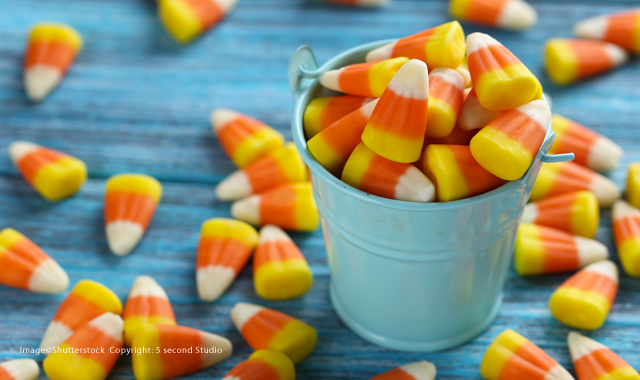
Candy corn
Who doesn’t love this Halloween classic? Dental professionals, that’s who. Just a handful of this seasonal treat packs 32 grams of sugar - which is more sugar than half a pint of Ben & Jerry’s ice cream. In addition, candy corn is soft enough to stick to teeth, increasing the risk for cavities as it creates a cheery home for bacteria to grow.
The upside? Candy corn doesn’t have any fat. The downside? SO MUCH SUGAR.
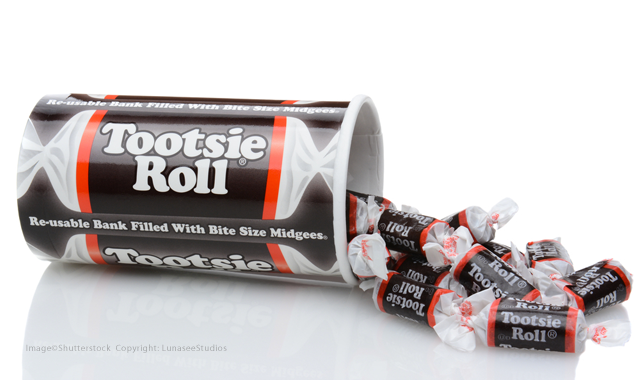
Tootsie Rolls
Invented in 1896, Tootsie Rolls are celebrating their 120th anniversary this year. In addition to sticking around on the candy shelf, Tootsie Rolls love to stick on teeth, giving bacteria a nice, lengthy window to feed on the sugar. And there’s plenty to go around: Six mini Tootsie Rolls pack 23 grams of sugar.
120 years of Tootsie Rolls… just imagine the amount of caries they may have caused!
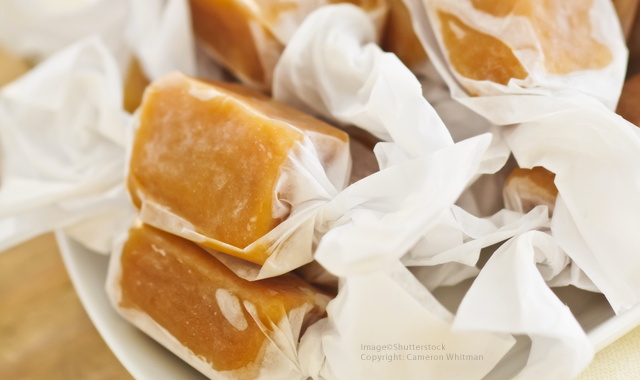
Caramel
Another sticky culprit, caramel can be nearly impossible to get off your teeth (or, even worse, out of orthodonture!). On top of being the stickiest substance known to man, caramel is essentially all sugar: Werther’s Original Chewy Caramels have 16 grams of sugar in just six small pieces. The main ingredients? Glucose syrup, sugar and cane sugar syrup.
Instead of letting the kids dig into all the caramel treats in their candy bags, maybe just offer to buy them a puppy or something instead. In the long run, it might be much less of a headache.

Jawbreakers
This candy lives up to its name: The hard sweet can break a jaw, or induce intense jaw pain in dental professionals who are clenching their teeth in frustration. In addition to being hard enough to crack a tooth, jawbreakers are the pinnacle of long-lasting candy. Because they can be never-ending (just ask Willy Wonka), jawbreakers expose dentition to sugar for an unhealthy amount of time-giving bacteria an all-access pass to the 36 grams of sugar in each half-inch candy.
Don’t even get us started on the enormous jawbreakers that can take weeks, months or even years to finish.
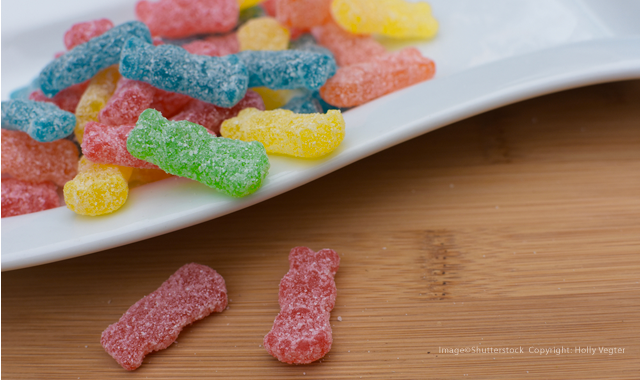
Sour Patch Kids
Sour Patch Kids candy has an impressive list of ingredients: Sugar, invert sugar, corn syrup, tartaric acid, citric acid, modified corn starch, and artificial colors and flavors.
That’s it. That is all that’s in Sour Patch Kids.
This obviously raises several concerns: 1) Is there any way to cram any more sugar into a piece of candy and 2) Why would you eat Sour Patch Kids when you could have THREE chocolate donuts for less sugar? That’s right, three chocolate donuts would deposit 33 grams of sugar onto your teeth – compared to the whopping 36 grams from a two-ounce bag of Sour Patch Kids.
In addition to being essentially a spoonful of sugar formed into little people, the candy is also problematic because it is, as its name forewarns, sour. Sour candies have a higher acidic content due to the citric acid they contain, thus kick-starting the tooth enamel erosion process even quicker.
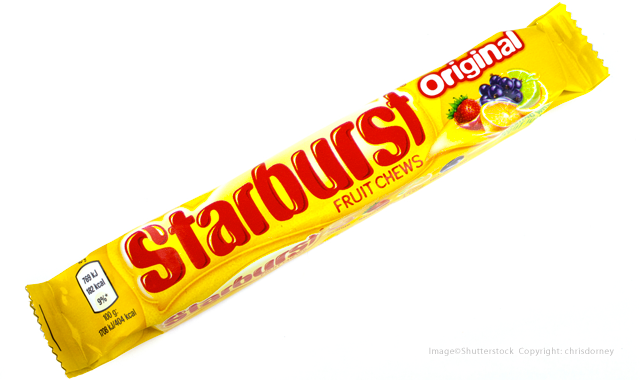
Starburst
The billionth sticky disaster on our list, Starburst has three troublesome main ingredients: Sugar, gelatin and citric acid. This dentition-destroying trifecta checks off all the boxes for problematic candies: 1) High sugar content (22 grams of sugar in nine pieces); 2) Tooth-adhering gelatin; and 3) pH-lowering acid.
Let’s be honest: after the fantastic artificial flavors fade away, the only burst you’ll get from a Starburst is a burst of pain when your tooth starts rotting.
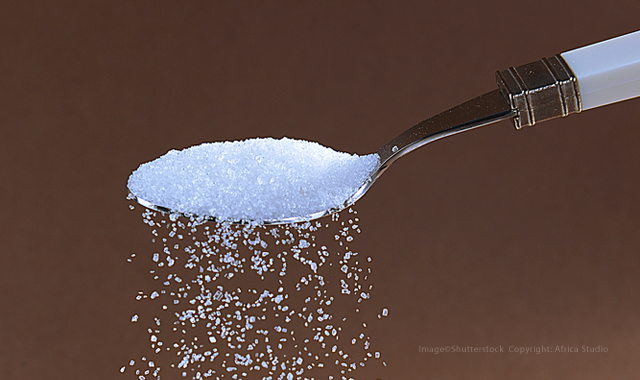
Fun Dip
This is practically 100-percent sugar. You might as well just eat white granulated sugar with a spoon (though you can’t-or at least shouldn’t try to-eat the spoon, like you can with that fun little sugar stick that comes with Fun Dip).
Admittedly, the bright colors in Fun Dip do make it marginally more entertaining than the granulated variety, but the 13 grams you’ll ingest in one packet might as well come straight from the sugar bowl.
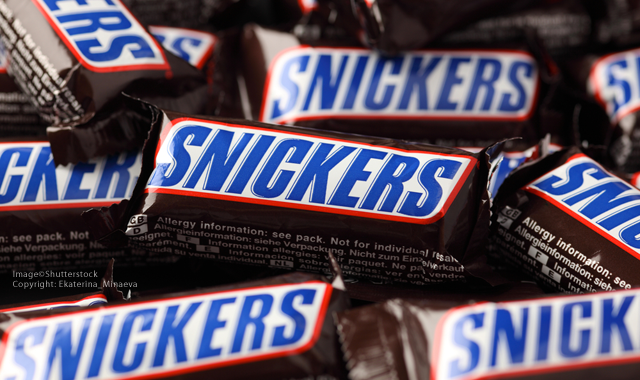
Snickers
Despite what the commercials may tell you, Snickers introduces a lot more problems than it solves. The only vice for chocoholics on our list, a full-size Snickers bar, packed with sticky caramel and nougat, and sugary chocolate, has 27 grams of sugar. Think a fun-size bar won’t be too terrible? Think again: the tiny version of the treat still has 8.5 grams of sugar. Add in some tooth-cracking peanuts (specially designed to pop orthodontic brackets off of teeth!) and you’re bound to run into dental problems.
Not to mention, a single Snickers bar has 266 calories, 37 percent of which come from fat. So give your teeth-and your waistline-a break, and satisfy your hunger with something else.
All nutritional information in this article was taken from the manufacturers' websites.